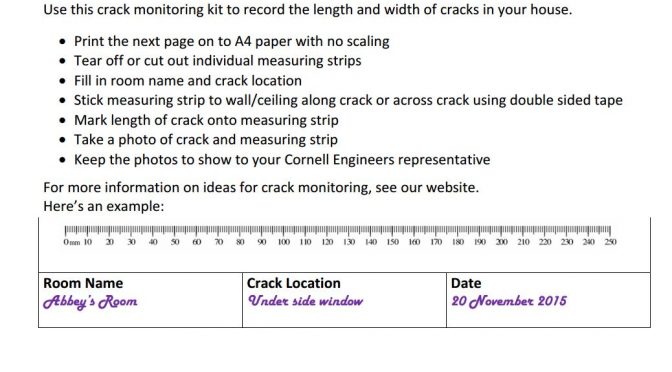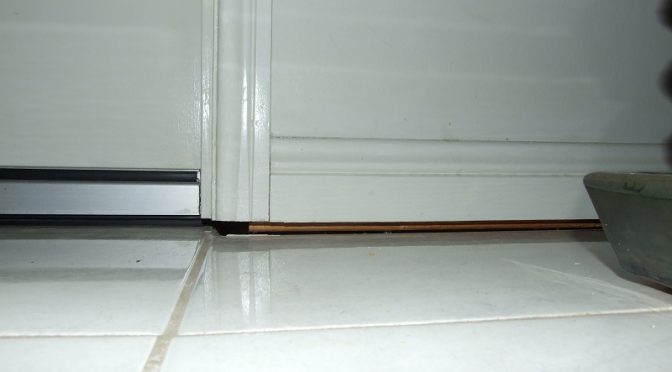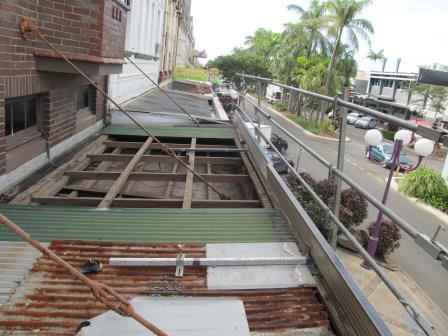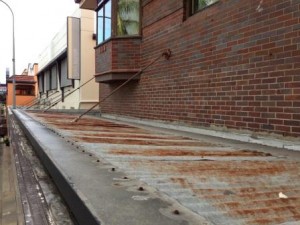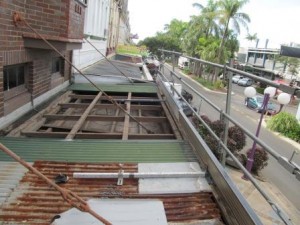Good morning to all the structural engineers in the world. Here’s a message for you: Don’t forget to Follow the Load Path!
What is a Load Path?
A load path is the chain of structural elements that a load follows to get to the foundations which is normally where the assessment of load path stops.
A Sample Load Path
For example, the load path of a person standing on the upstairs floor of a double-storey house is something like this:
- A person stands on the floor
- The flooring spans between joists
- The flooring bears onto the joists at each joist. The load is the sum of the weight of the person and the weight of the flooring. If the person stands mid-span between the joists structural engineering can determine the bending moments in the flooring and the load into each joist.
- The loaded joists span between bearers.
- The loaded joists are connected to the bearers in a way that transfer their own self-weight and the weight of the person.
- The bearers span between posts.
- The bearers are connected to the posts to transfer the loads and their own weight.
- The posts act as columns and are strong enough to resist buckling under the combined axial load and induced moment by the eccentricity of the load.
- The posts sit onto the foundation slab or pad footing and the load is transferred through the base plate.
- The pad footing spreads the load into the foundation material. The depth and dimensions of the pad footing are sized appropriately to not overload the soil.
- The pad footing reinforcement is designed to transfer the load into the correct size of pad footing.
Each item of load takes a load and transfers it to the next structural element.
Why Follow the Load Path
This is the work of a structural engineer.
When the load path is determined for each structural element being loaded and each of the structural elements is designed to take the load and pass it on through the chain – that when the structure has been appropriately designed.
Why do Buildings Crack?
The structural engineer does not have to get it right – well they do but let me explain.
When a structural engineer gets the design of the load path wrong, to a certain extent the structure will still work – it just won’t work the way the structural engineer intended.
So the load will travel through a structural element, the element will deflect and move until the load is transferred and then the new load-path will be established.
That movement. That deflection. That’s the unintended consequence of the load path not being designed appropriately.
Of course, if the structural engineer gets it really wrong, that movement works towards collapse.
Advice to Structural Engineers
Follow the load path, Luke. Design the structure properly and check that it will act the way you intend. Design each element in the load path for the load in, the span and the load out.
Structures do not get designed by computers. They get designed by smart structural engineers who follow the load path.

